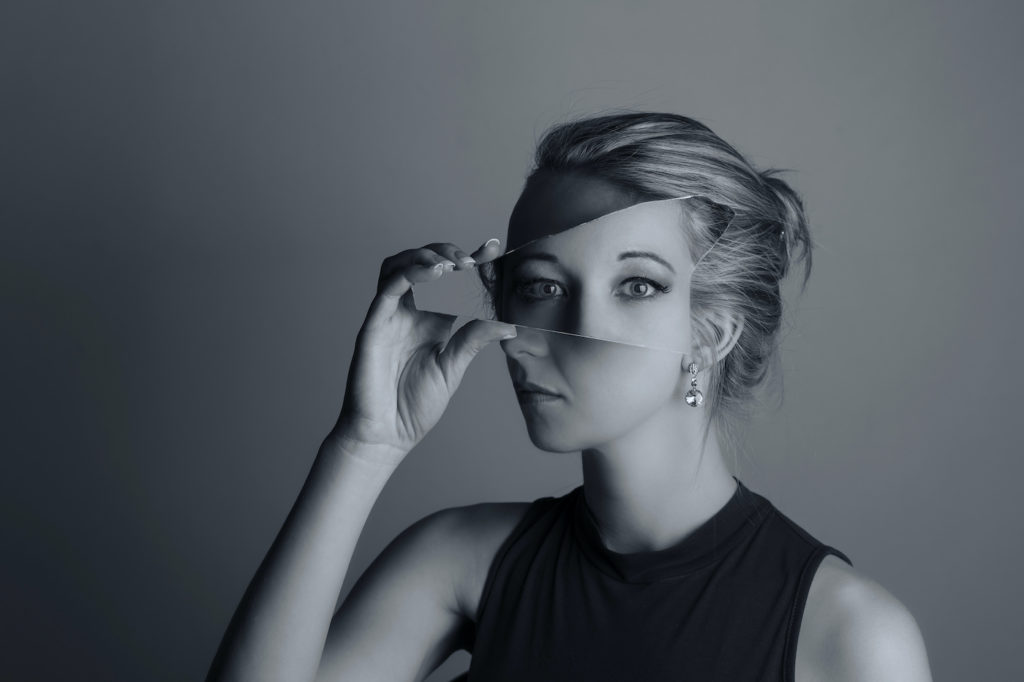The best thing about the latest battle in the culture war is that we are now talking about being. We have moved from what we should do with sex (and its fruit), to which sex to do it with (“orientation”), finally to what sex we are, if any at all.
With our being now thrown into question it is not surprising that some of the objectors to the latest wave of the sexual revolution find themselves allied for the first time with opponents to its previous waves. There is too much at stake, and no less so for radical feminists: when the embodied category of “woman” has been exchanged for the professed one, there’s no time to worry about being on the same side as the likes of Donald Trump and the Alliance Defending Freedom. Too much energy was spent securing athletic opportunities for actual women and attending to their unique vulnerabilities. But now, after all that, these women are to forfeit their gold medals to men and live with them in their shelters and prisons (which, for the first time, are experiencing influxes of “female” sex offenders).
Then there are those dreaded sex stereotypes feminists had fought so hard to put to rest. After finally establishing that girls were people with female bodies who can do whatever they want, now they must be “boys” if they like to wear cargo pants and climb trees. It is enough to put a feminist in the fetal position!
These are the attitudes that describe the author of the recently published bestseller on transgender ideology, Trans: When Ideology Meets Reality (Simon and Schuster 2021). If you want to read one book on the now almost universally accepted view that “people should count as men or women according to how they feel and what they declare, instead of their biology,” this is the one. Trans is a tour de force, taking the reader through the recent history and current state of transgenderism: from the first “sex changes”(the “Danish girl”), the sexologists who made them possible (Hirschfeld, Benjamin, Money, et al.), to the development of gender ideology, the mechanisms of the contagion’s influence among staggering numbers of young people, especially girls, and its deleterious effects on girls and women, especially in the sports arena and in prison (since no “transgender men” are requesting membership on male teams, or transfers to male prisons). You will also be brought up to date on the current legal landscape of “gender” in the UK and the US, up to Bell v. Tavistock (2020) and Bostock v. Clayton County (2020), respectively.
Start your day with Public Discourse
Sign up and get our daily essays sent straight to your inbox.The book’s author, Helen Joyce, is a “gender critical” feminist or, pejoratively, a “TERF” (trans-exclusionary radical feminist). Joyce is more than this, though, and not only because she has a PhD in mathematics and is an editor at the Economist. She is a mother too and genuinely worried about the massive science experiment being carried out on the next generation (in most cases irreversibly) by the medical and psychological establishments that appear to be in a trance, captive to trans-activists. She is also a truth seeker and thinks that the worst thing—if there can be anything worse than a society rolling its children up to the hospital to get their healthy body parts replaced as though they were going to an auto body shop—is that society has lost its mind, paying lip service to “magical” identities, against all evidence to the contrary.
The predictable reference of trans apologists to clownfish who change sex in order to reproduce is met with a swift rejoinder: we aren’t fish, and when we change sex, we become infertile.
Joyce does much to restore our collective sanity in her book. And she is merciless in doing so. The predictable reference of trans apologists to clownfish who change sex in order to reproduce is met with a swift rejoinder: we aren’t fish, and when we change sex, we become infertile. As for the common appeal to disorders of sexual development (“inter-sex”) to “argue” that the sexes for mammals are not two, distinct, and correlative, Joyce dismisses it with a single stroke: anomalous development of reproductive organs in one person doesn’t change the nature of the sex distinction any more than the absence of legs in one human being changes the nature of the human being as an upright animal.
Ultimately, for Joyce, all of the ruinous widespread consequences of transgender ideology stem from our deviation from biological facts, namely the appearance of sexual dimorphism 1.2 billion years ago—a phenomenon that is fixed in mammals (not in clownfish) and is the only one by which mammals, and therefore humans, “survive.” Given the solidity of those facts, Joyce argues, one might well feel like the other sex; but that doesn’t make one to be the other sex.
Joyce is for being, not feeling, as she puts it. On the face of it that’s a good choice. But there’s a problem and it’s not a minor one. For her, what we are—our being—means and demands very little when it comes to what we do with ourselves. Much of Joyce’s objection to the current gender ideology is that it is “sexist” and “homophobic,” commits us to “stereotypes,” at the level of interests, habits of dress, etc. but also at the level of sexual inclination and behavior—“heterosexuality,” which now is also a “stereotype.” Joyce shows us convincingly that indeed a great number of women who think of themselves as men are probably women with less conventional interests and that many of the men who now think of themselves as women are probably just men with same-sex attraction (our word). Joyce is, of course, right to say that liking cargo pants doesn’t make a girl a boy, nor does feeling attraction for the same sex make one a member of the opposite sex. But it doesn’t follow that the two sexes should be able to “behave however they damn well please” (as Joyce puts it).
In the end, Joyce’s argument for the being of the sex distinction is too thin. But then so is the biology to which she is committed, however unwittingly; the biology which, as it happens, is currently hard at work overcoming the need for the sex distinction for reproduction.
What can she mean when she defines the being of the sexes as “classes of organisms defined by the developmental pathways that evolved to produce gametes: eggs and sperm” and then advocates homosexuality, same-sex “marriage,” cheap contraception, abortion, and the feminist “girl project,” all of which undermine the finality of those pathways: bringing men and women together in the kind of union adequate to their potential as mothers and fathers? In the end, Joyce’s argument for the being of the sex distinction is too thin. But then so is the biology to which she is committed, however unwittingly; the biology which, as it happens, is currently hard at work overcoming the need for the sex distinction for reproduction.
One might reasonably ask: if, sexual dimorphism is only a “biological fact”—however many millions of years it has been so—a “fact” that can now be substituted by other means of “survival,” and if the sexual ordering of the man to the woman and the woman to the man is not natural (but only one of several, equally valid “orientations”) what is left to the being of a man and a woman? Why is that so sacrosanct? In the end, to be for the being of the sexual distinction, one must see that sex identifies something essential to human existence and affirm it in its entirety—in being and action.
Fortunately, though, no one is entirely defined by his or her ideology, or consistent with it, especially when one is a truth seeker and invested in the future, as Joyce is. Thus, notwithstanding her commitments, it is striking to read the following:
As embodied creatures, we are connected by ties that have deep evolutionary significance. The categories of man and woman underpin those of father and mother, and the relationship of each to their children. If such categories are to become a matter of self-declaration, then those ties must be dissolved. Families become meaningless and individuals create themselves.
If it was feminism’s hatred of the family, motherhood, fatherhood, and the dependence of birth that put us on the trajectory toward the elimination of the sex distinction, it seems right that a mother from among its ranks bring us back to those very things.













